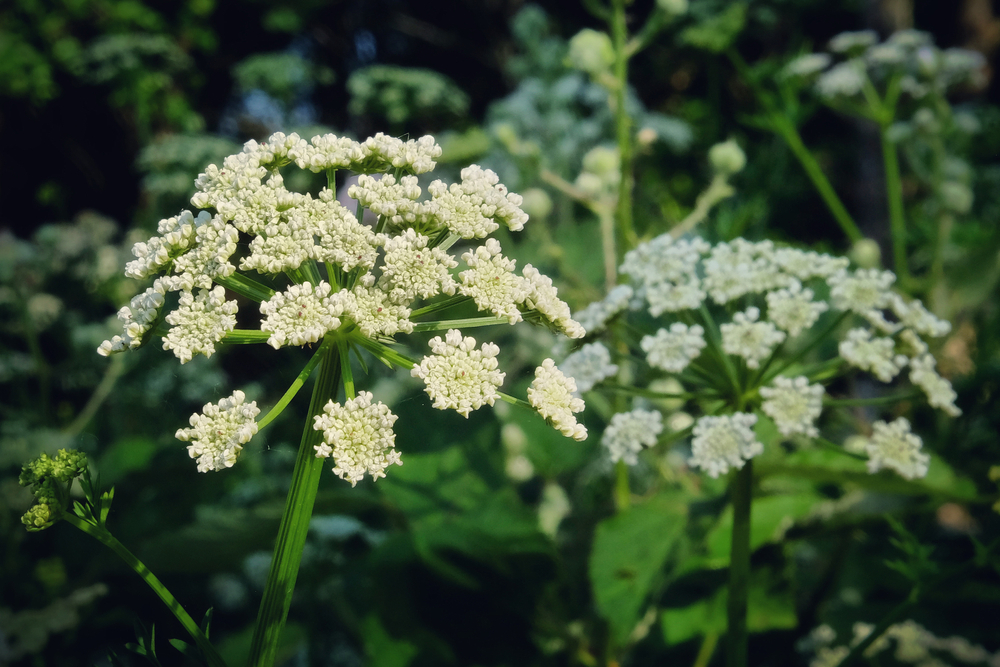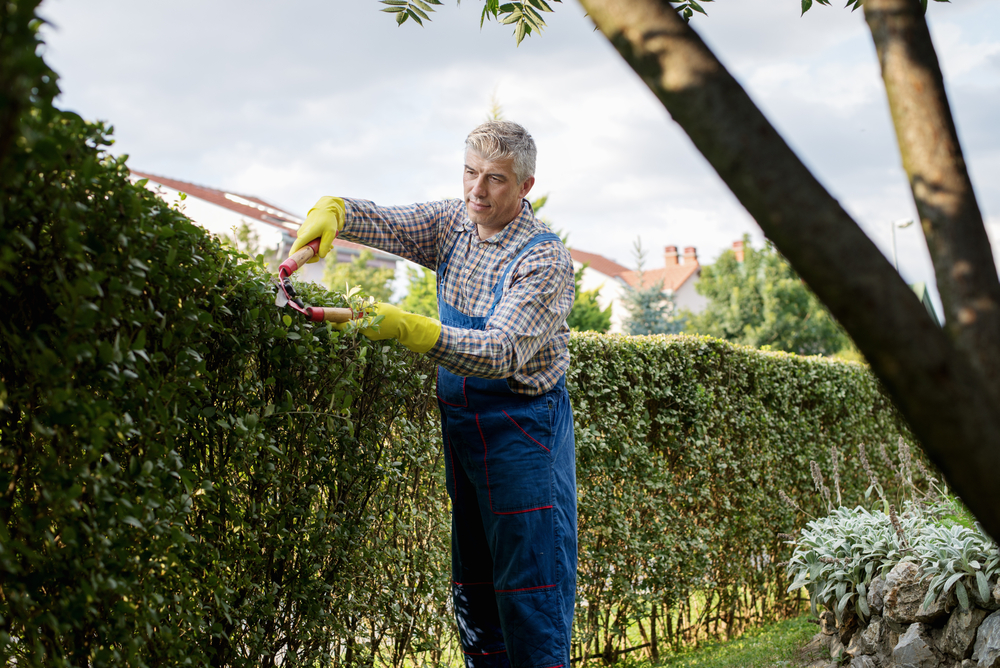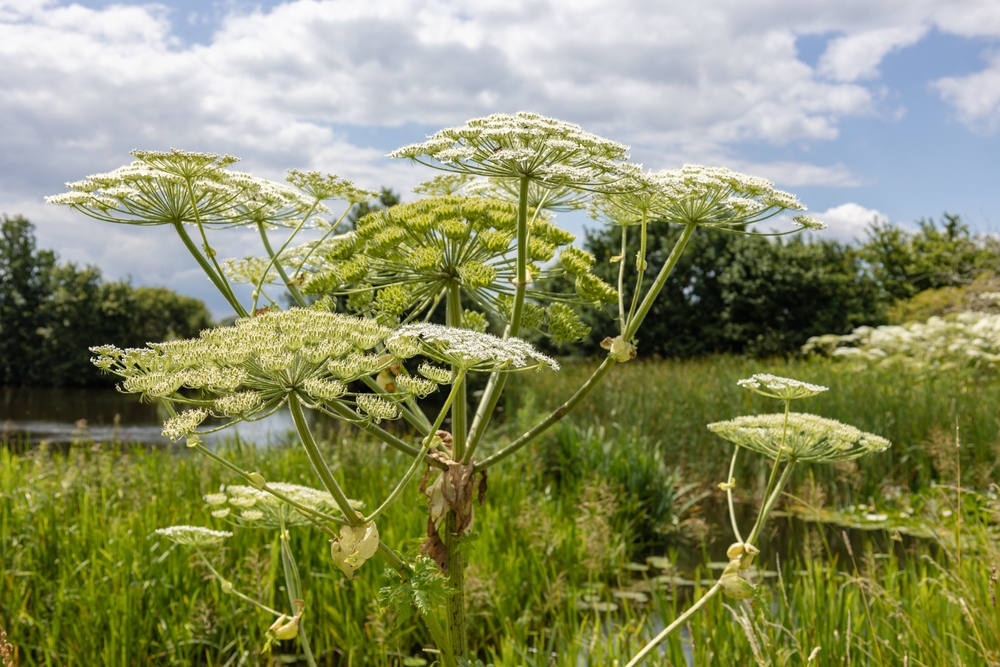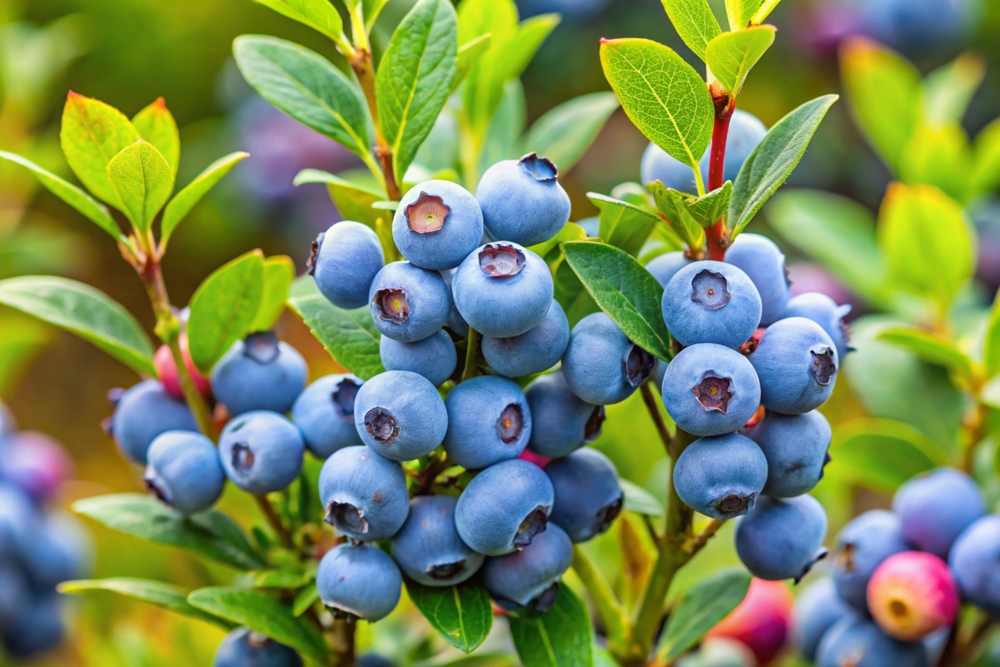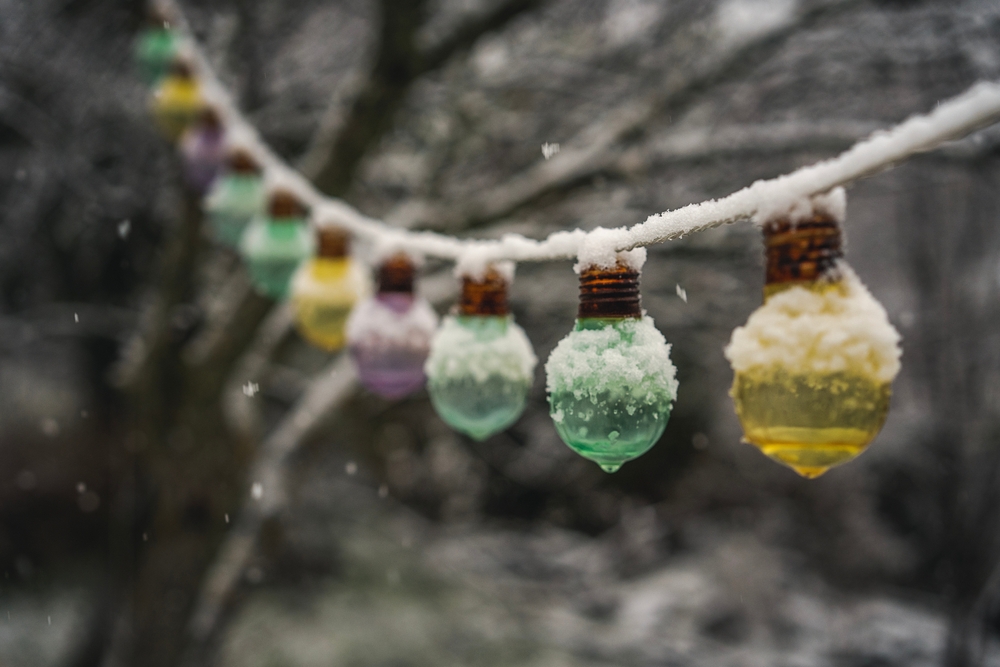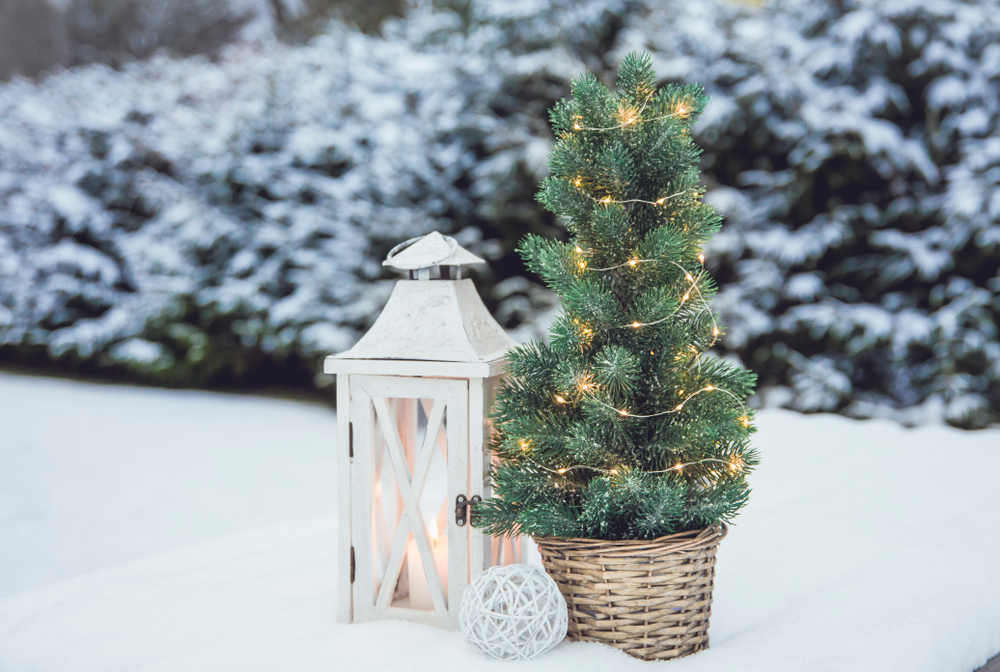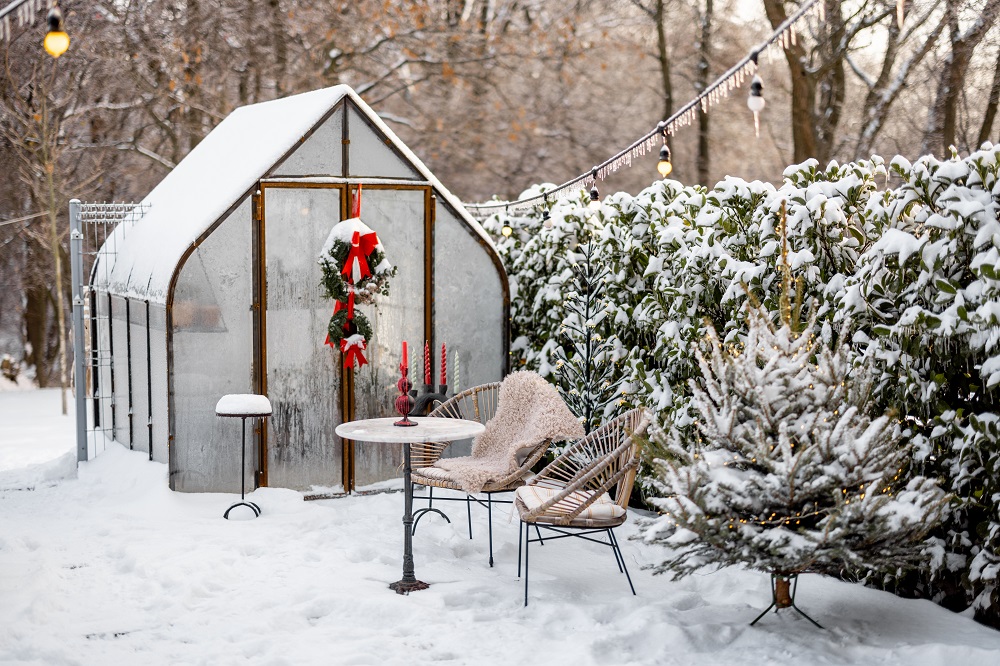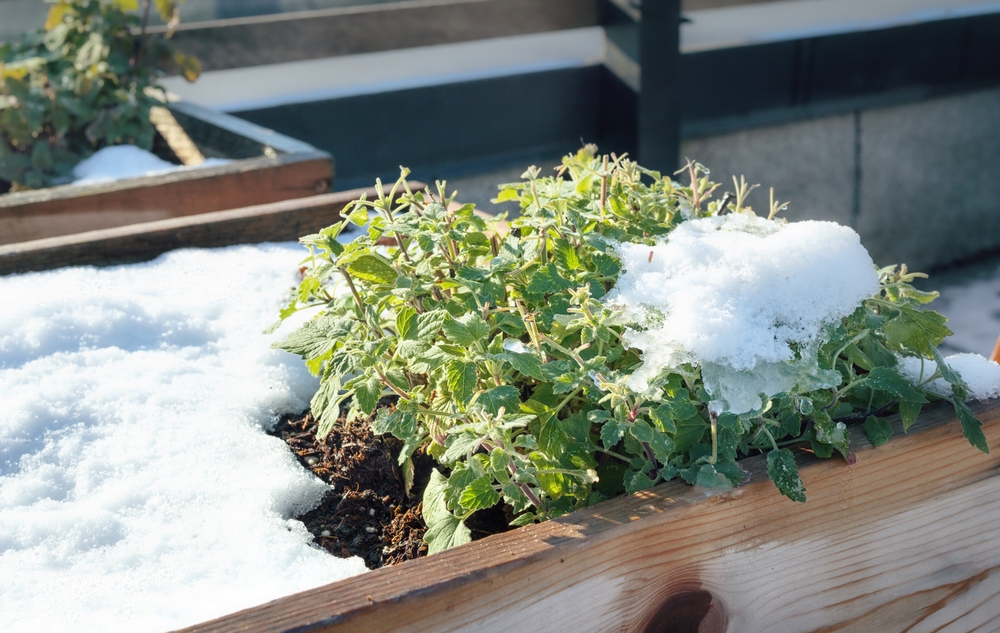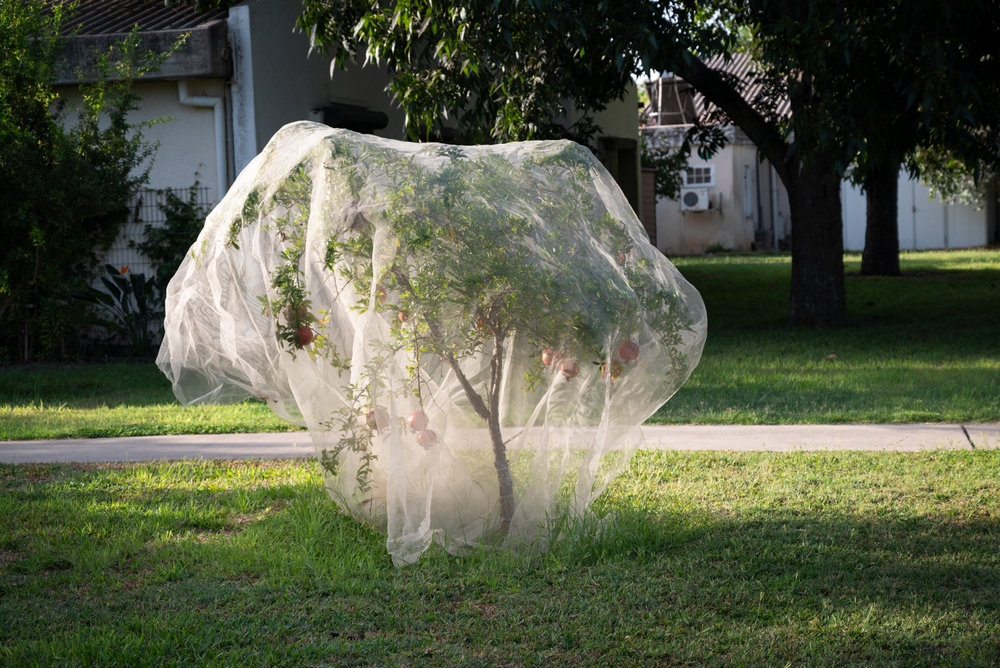Since we’ve been dealing with an impeding hurricane in Florida, we thought there’s no better time than now to discuss the real consequences of dealing with such a storm, and how it can affect your garden. Hurricane season has begun, and no matter how much we try, we can never be 100% ready for it.
This month, we thought it might be a great idea to discuss more about what a tropical storm really is and how they can form into hurricanes. But more important than that is to touch down all the ways in which it can affect your garden and how to prepare them for that.
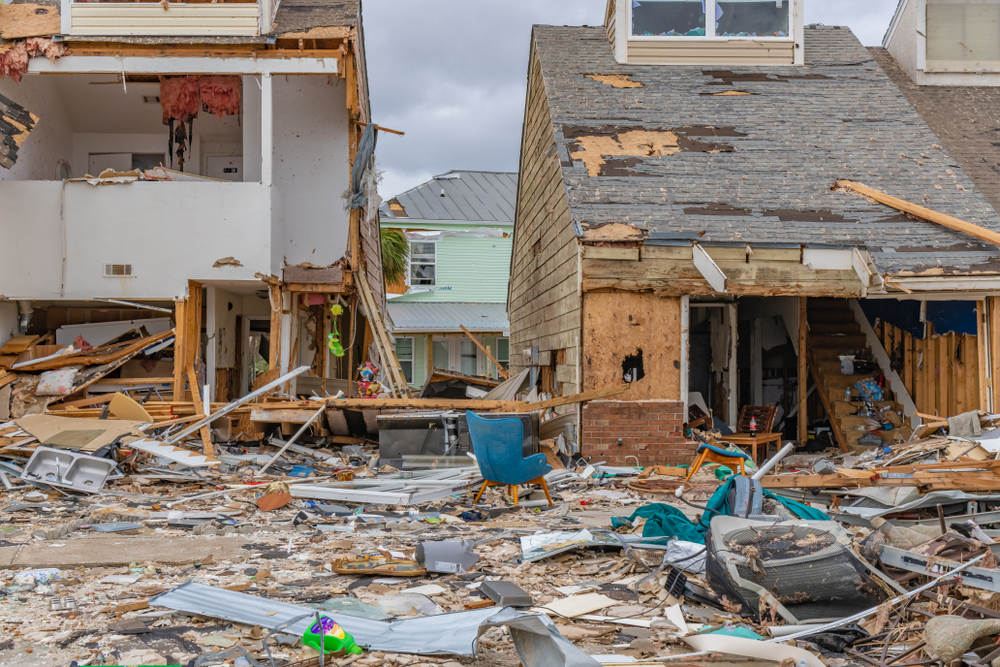
Where do tropical storms and hurricanes form?
As we think of hurricanes as hitting the southeastern part of the United States, they are, in fact, much more widespread than that. The map encompasses every continent except for Antarctica. At least in the United States, we see them most often over the Atlantic Ocean, but we could also experience storms on the west coast every now and then.
The storms are not necessarily hurricanes, but they can be called typhoons in the Western Pacific and cyclones in the Indian Ocean and Australia. To be categorized as a hurricane or one of these other storms, they need to have a record of sustained wind speed of 74 mph or even higher.
Storms in the United States that are generally stronger than that are also classified by the Saffir-Simpson scale into categories 1 through 5. Naturally, it depends on how strong the winds are. Moreover, the wind gusts in the storms are much stronger than sustained winds, which are more localized and last for shorter amounts of time.
What ingredients are required for a tropical storm or hurricane to form?
The prerequisite conditions for hurricanes are as follows: warm and deep ocean waters, which need to be greater than 80 degrees Fahrenheit, an atmosphere cooling at a fast pace with altitude, moist middle layers of the atmosphere, low wind shear, and a preexisting near surface area of low pressure in the surface environment.
However, you could have also noticed from the map that even if such conditions are in place, a tropical cyclone is still unlikely to form if it’s not a minimum of 300 or so miles from the equator.
This is mainly because of the Coriolis force, known to act on moving air on a rotating planet that pushes the air to the right of the original direction of movement in the Northern Hemisphere and to the left in the Southern Hemisphere.
Moreover, low pressure attracts air into the circulation, especially since the Coriolis force helps it to spin up into a storm with a defined circulation. The seeds of low pressure, especially where storms form can derive from atmospheric waves moving east to west off of Africa.
Sometimes, they derive from stalled fronts over the Gulf of Mexico or even along the East Coast of the United States. These generally provide the initial trigger of storm development. However, not all waves or fronts can easily develop into cyclones if the other conditions don’t “recommend” it.
The tropical season might also prolong as the ocean warms up to 80 degrees Fahrenheit earlier in the year in the upcoming future.
Tropical storms and hurricanes generally move under the influence of winds, usually mid-way up in the atmosphere which push along the core of the storm as it’s growing or weakening. The stronger the core of that storm, the closer the link between the large-scale atmospheric pattern, as well as the storm movement.

How do tropical storms turn into hurricanes?
As a general rule, a wave of low pressure over the ocean could pull the air towards the center, to effectively reduce the pressure gradient. As the air moves in, the Coriolis force forces it to spin. In the Northern Hemisphere, this type of spin is counterclockwise.
The air above the surface circulation flows out of the storm and drops the pressure at the surface, which makes the storm intensify, especially as the air rises very close to the center of the storm. This also continues as long as there’s at least a source of energy (warm water) below it, and there’s also no jet stream high up in the atmosphere to disrupt the development of the circulation.
When the sustained wind speed reaches 74 mph, then we notice how its designation is completely changed from Tropical Storm to Hurricane. It stays like that until the wind speed drops, as the storm weakens over land or even colder water.
What impacts do tropical cyclones have on gardens and what could you do to prepare for that?
Tropical systems have a wide variety of impacts depending on where they are and how strong they are. Moreover, thoughtful gardeners might consider all the risks that severe weather could have on their gardens and get ready long before the storms hit.
The strong and gusty winds are the most apparent impact, as they can easily cause damage to trees, buildings, and plants, and could also cause significant damage to gardens. It’s also a wonderful idea to walk through your property on a regular basis to make sure you don’t have dead limbs that could turn into airborne missiles in strong winds (I know it sounds peculiar, but there have been cases).
Decorative items and furniture left outside can easily damage tree trunks, especially houses and gardens. If a storm becomes imminent, you should scout your property to remove anything that might become hazardous.
Another essential factor we need to take into consideration is flooding rain. The sheer amount of rain that falls from a hurricane mainly depends on how fast it’s moving. A slow-moving storm can easily drop more rain on a certain spot, compared to one that’s moving through quickly.
The storm doesn’t have to be strong to produce a lot of rain, either. Some of the weaker storms have been amazing rain-makers. Moreover, it doesn’t even need to be an organized storm. Wet tropical systems that aren’t fully organized into storms have the potential to produce flooding rain, especially as we saw in southern Florida a couple of weeks ago with over 20 inches of rain in certain locations.
The remains of hurricanes can easily cause floods far inland, especially if there are other types of mountains to help the air rise. Hurricane Agnes, back in 1972, had damage from the Caribbean all the way to Canada due to its torrential rains that fell rapidly along the Appalachian Mountains as it moved way north.
Gardeners who also live in areas where flooding is likely should definitely plan ahead to divert rain into other rain gardens from their planting beds, to efficiently reduce erosion and keep the soil from becoming too saturated.
If you found this article insightful, we have many other things we would love to share with you:
- 8 Garden Trends to Try in 2025
- 7 Healthy Reasons to Start Gardening After 50, According to Doctors
- Top 9 Fastest-Growing Fruit Trees
- 7 Healthy Reasons to Start Gardening After 50, According to Doctors

